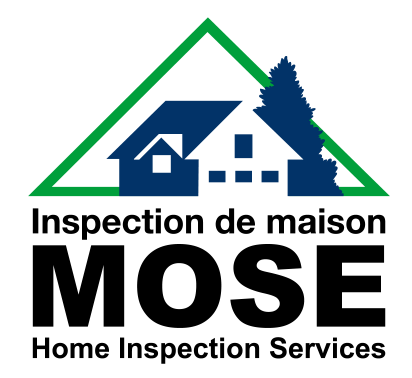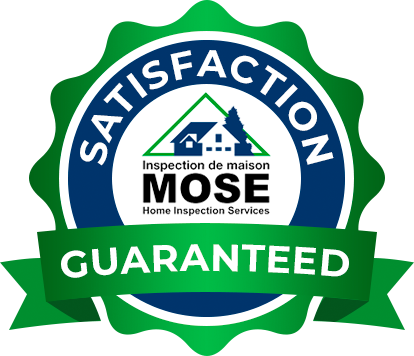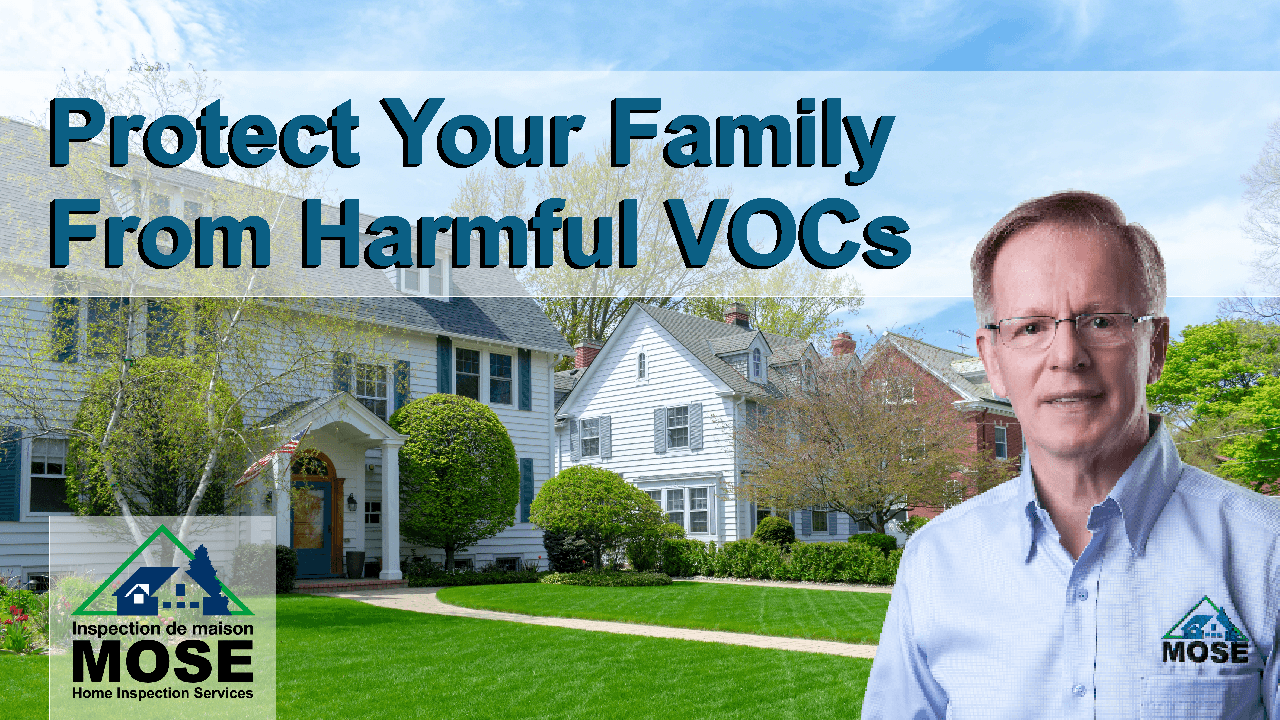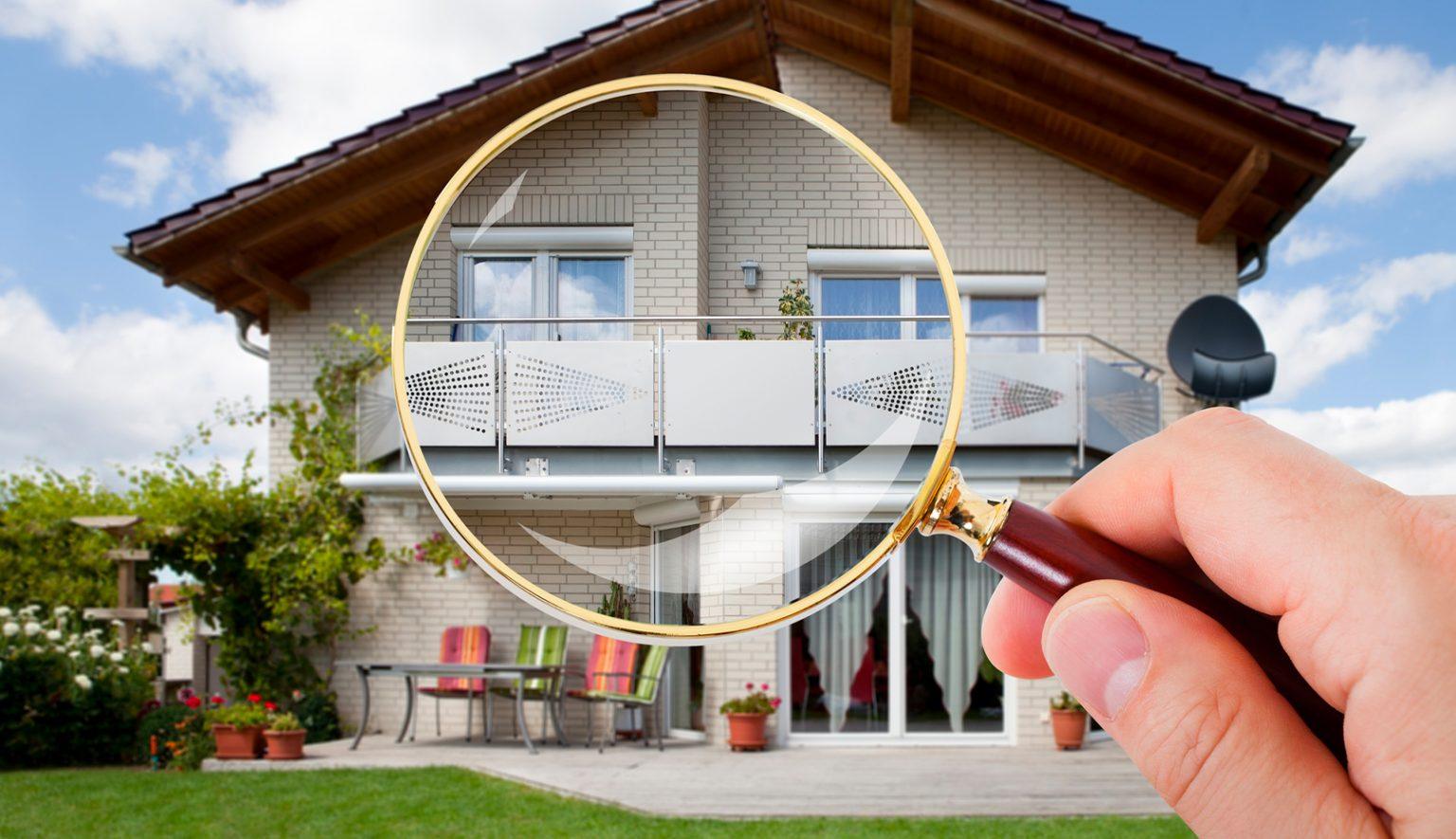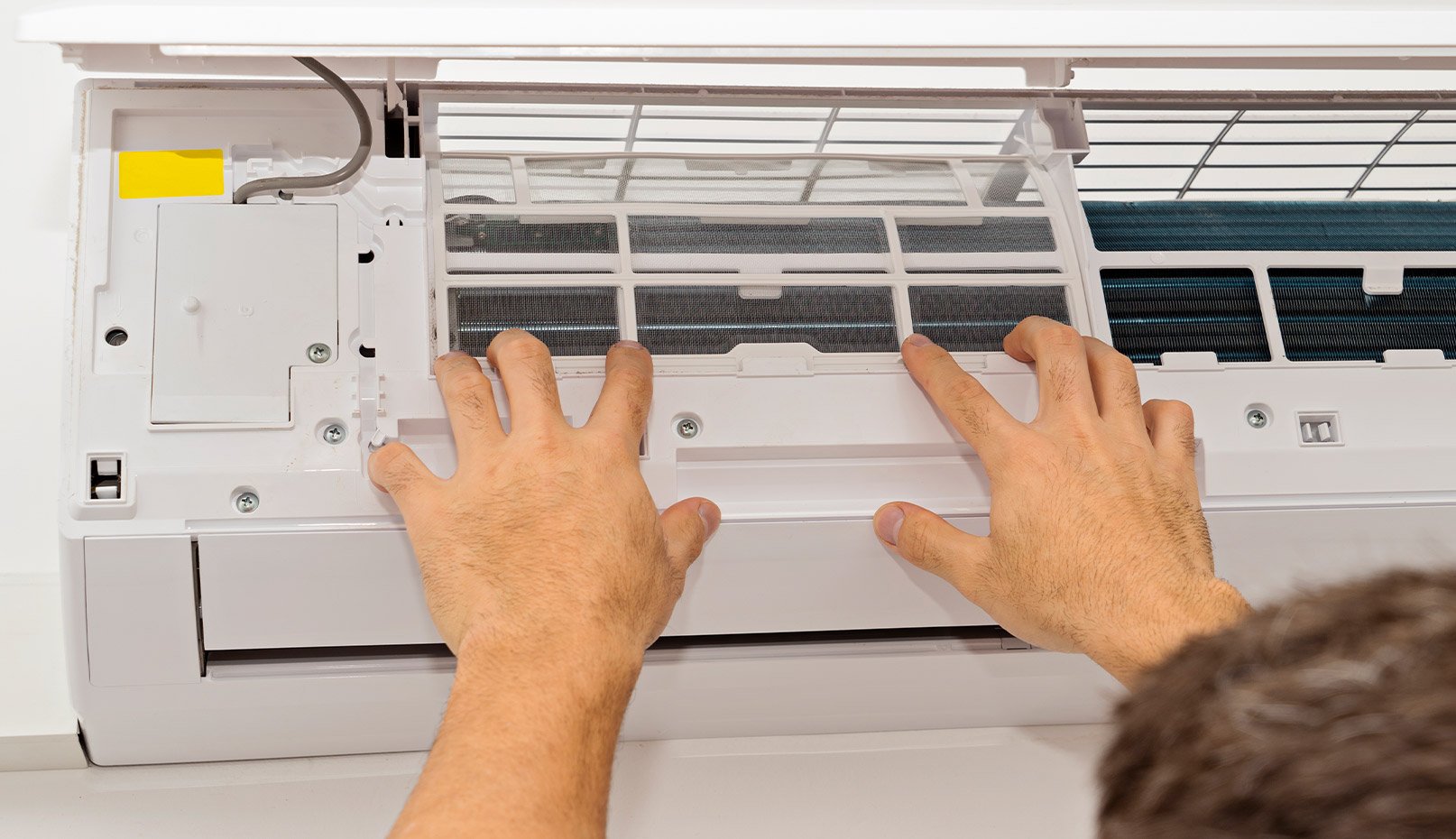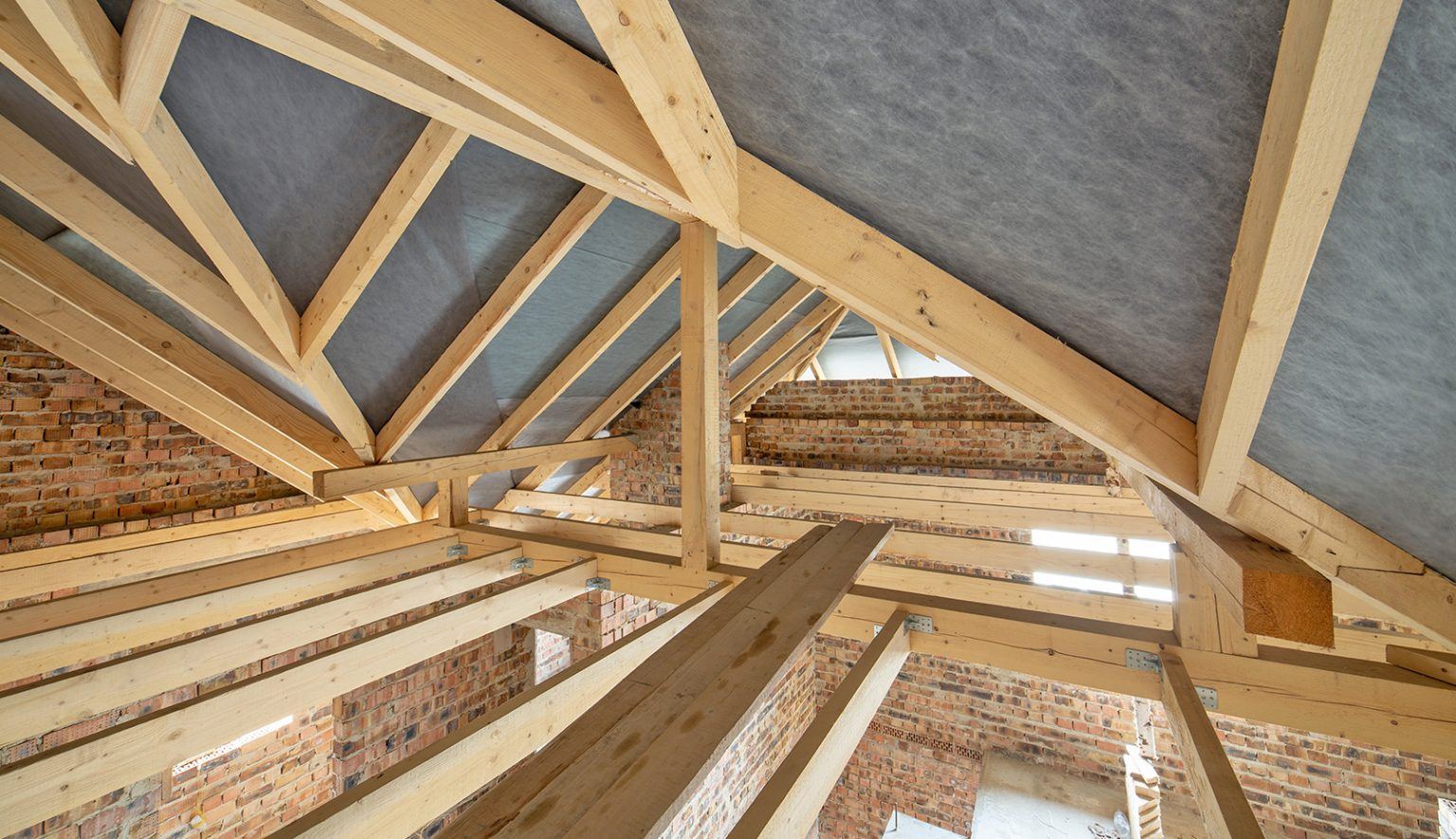Infants, Children and the Elderly are Especially Vulnerable to the Hazards of Poor Indoor Air Quality
Consequences include asthma, allergies and even more serious breathing and health problems.
With Mose, you can definitively find out the indoor air quality of your home or prospective home with our Indoor Air Quality testing.
Which Chemicals & Pollutants Do We Test For?
We test for 400 Volatile Organic Chemicals (VOCs).
VOCs are harmful chemicals released by many of the products and materials we have in our homes, both when in use and even when stored.
Most VOCs can’t be detected by smell and their concentrations can be up to 100 times higher indoors than outdoors.
They are released as gases from solids or liquids and easily evaporate into the air at room temperature. They can cause allergies and asthma, and trigger asthma attacks
Common VOCs include:
Common sources of VOCs include:
How Does the Indoor Air Quality Test Work?
Your Mose inspector will collect home air quality samples using a specialized test kit.
The sample will be sent to a laboratory and tested for 400 VOCs, including formaldehyde, and VOCs produced by actively growing mould and tobacco smoke.
You will receive a detailed report on the VOCs in the indoor air of the property inspected and their likely sources.
Active Moulds
Moulds are microscopic fungi that can be found almost anywhere, both indoors and outdoors.
Mould grows mainly in warm, damp, and humid conditions. They release spores into the air, which travel to new areas and grow. When mould is in an active growth phase, it also releases gases called mould Volatile Organic Compounds (MVOCs). Not all of these gases can be detected by smell.
Mould can grow on wood and insulation, in carpet, and even within walls where it can continue to grow undetected (e.g. if damp or wet drywall becomes moist and is not dried out within 2 days).
We’ve seen mould grow in or around:
How We Can Help You
Your Mose inspector will use mould testing equipment that detects hidden mould growing behind walls, ceilings and flooring without opening walls. This prevents the mould from being disturbed and therefore spreading.
Our testing equipment detects actively growing mould, not single mould spores.
Formaldehyde
Formaldehyde is a chemical commonly used in the manufacture of building materials and numerous household products.
At room temperature, formaldehyde vaporizes into the air and can potentially cause serious health problems. It is also released into the air as a by-product of the combustion processes i.e. when you burn things such as natural gas, wood, gasoline, or tobacco.
It is a known human carcinogen (cancer-causing substance), classified as a Hazardous Air Pollutant (HAP) by the EPA. Every home should therefore be tested for the presence of this toxic chemical.
The most significant sources of formaldehyde in homes are:
Formaldehyde released into the air can cause a variety of health problems, including:
High concentrations of formaldehyde can also trigger asthma attacks.
Tobacco Smoke
As part of your Indoor Air Quality test, your Mose inspector will test for chemical compounds in:
Tobacco smoke contains over 4,000 chemical compounds. Many are released at low levels or, like nicotine, aren’t volatile enough to stay in the air for long. This makes detecting VOCs from tobacco smoke a challenge.
Is Your Home or Prospective Home Truly Smoke-free?
To overcome the challenges of detecting VOCs from tobacco smoke, your Mose inspector will use sophisticated sample collection and analysis methodologies.
This ensures the detection of tobacco VOCs in the 0.1 ng/L range. Your Mose inspector will isolate specific chemical markers identified by cutting-edge research as present when tobacco is or has been burned.
Together, this will give you a definitive answer on whether your current or prospective home is smoke-free.
A thorough inspection carried out by a qualified inspector who is a member of the Quebec Provincial Association of Home Builders (APCHQ)
Speedy service with reports generated within 2-3 days of an inspection
A clear, concise and comprehensive home inspection report with illustrations, photos and an informative overview
Over 20 years of industry experience
Free telephone support (for homeowners)
Why Our Clients Choose Us
We are Hiring Now
TESTIMONIALS Why Our Clients Choose Us
We are Hiring Now
